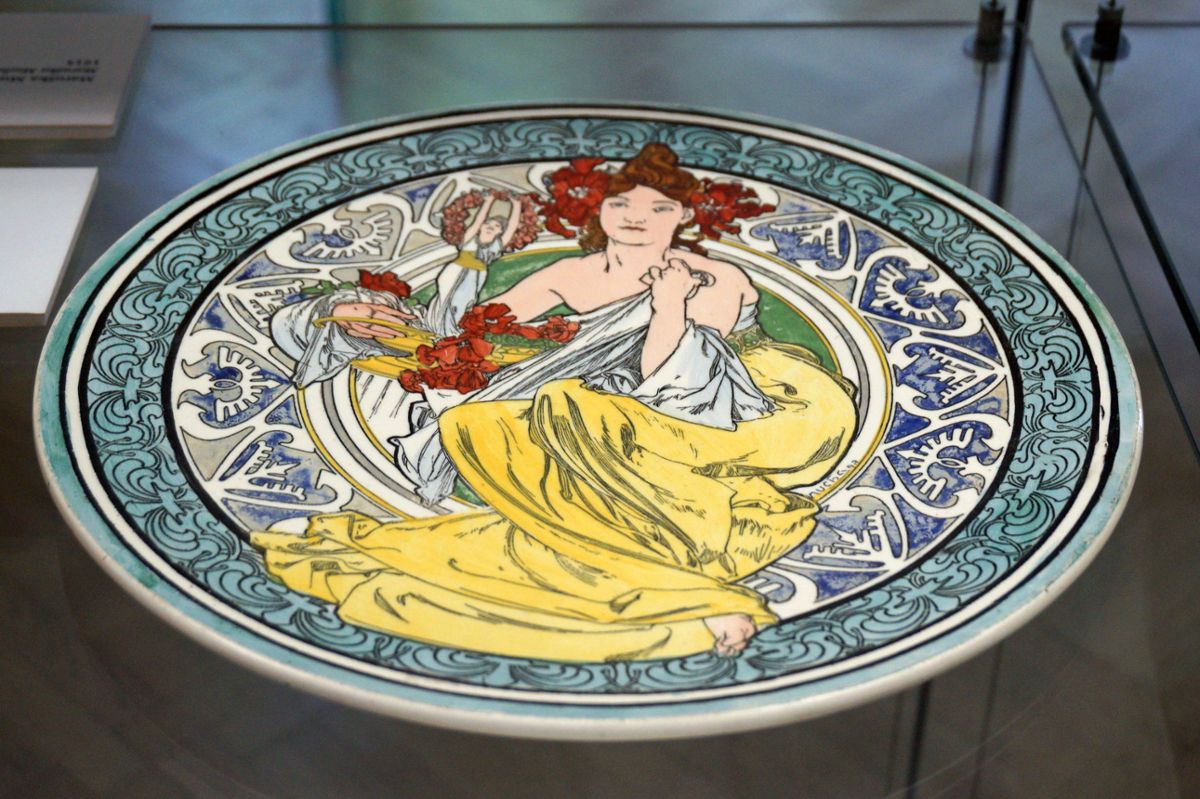The time has finally come for that big move, and you’re looking at all your china with trepidation. You’ll pack away the delicate plates and bowls, but despite all your careful work, you may still arrive at your new house to find a cracked dish or two.
All pottery is breakable, but the white, fine-grained body of china, also called porcelain, is very delicate, much more so than earthenware. Chinese potters first made porcelain over 1400 years ago by mixing ground feldspar with a white china clay, called kaolin [KAY-uh-lin]. They formed a hard-paste porcelain and fired it, in ovens, called kilns, at 2600 degrees Fahrenheit.
European potters tried to imitate this translucent Chinese porcelain and actually discovered another viable recipe around 1575, which they called soft-paste porcelain. It was similar in appearance to the original. Unfortunately, the addition of glass to the formula made it more liable to chip, yet it was still popular for about two hundred and fifty years.
Then, around 1800, the English potter Josiah Spode perfected a product called bone china using bone ash, which became the standard in Europe and eventually the U.S.
Porcelain may be covered with a glaze, giving it a glass-like surface and sealing the vessel so it is easier to clean. This is typical of bone china, but not for hard-paste porcelain.
Potters often paint over the glaze after it’s sealed and then reheat the painted body at a lower temperature. This adheres the colors and makes the enamel. The stable, heat-resistant element cobalt gives us the iconic blue that many potters use on porcelain. Most porcelain in American cupboards today include hues of cobalt blue intermixed with other colors.










